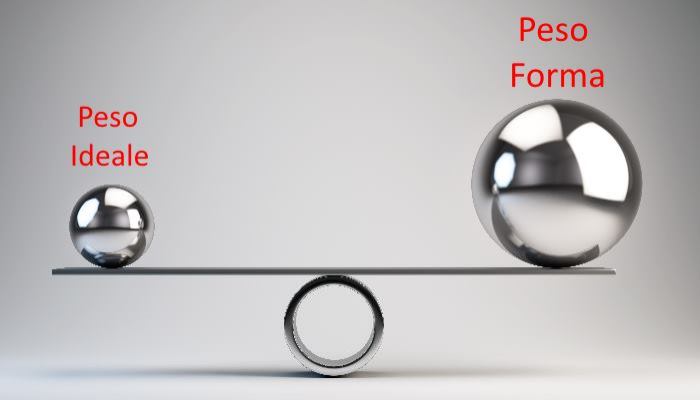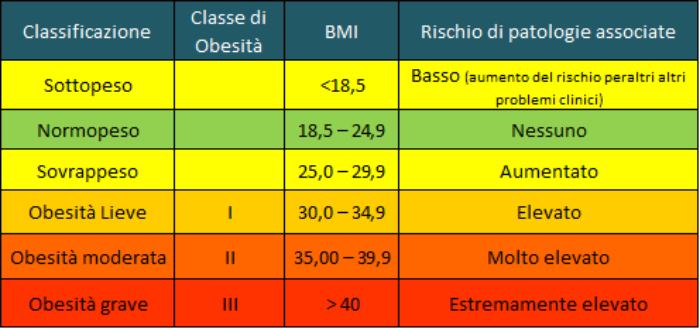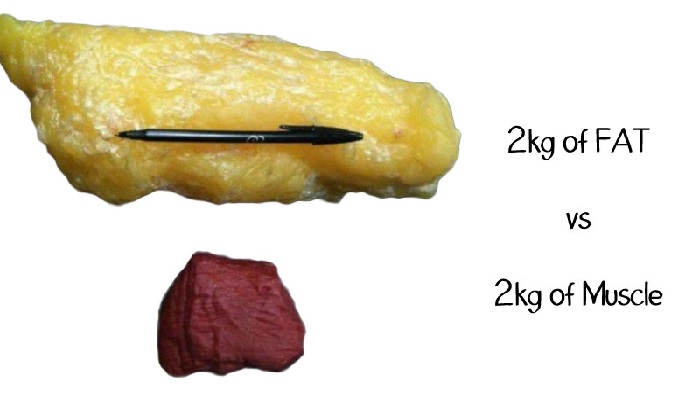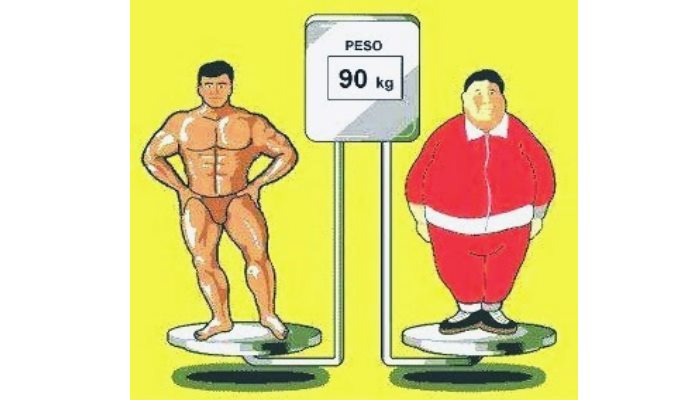
In the studio, at the end of the visit and before the greetings, the classic question that is posed to me by many patients is "doctor according to you how many kilograms should I lose? " or "what is the ideal weight?"
Before answering these questions correctly and making a simple mathematical calculation, we must clarify a fundamental concept to learn how to interpret the result: not always the ideal weight is the same with the fit weight / achievable weight!
So let's see what they differ:
Fit Weight
Fit Weight can be defined as that weight able to confer a sensation of physical well-being and vitality and with which, presumably, we run the least risk of morbidity and mortality for weight-related pathologies (diabetes, pathologies Cardiovascular diseases but also pathologies attached to extreme leanness such as Cachexia).
When it comes to fit weight you always have to aim first on the health.
The main features to consider are sex, age, height, skeleton (brevilinea, Normolinea, slender) and external factors (presence of pathologies, thyroid problems, water retention, type of physical activity and intensity etc...).
Ideal Weight
The ideal weight is the result of a approximate mathematical calculation without many relevant factors!
Sometimes it corresponds with an expectation of the patient who believes to achieve a correct weight that actually could not match at all with his real fit weight and that would be difficult to maintain in time without sacrifices and without being Constantly in restriction!
Often it is also a simple number chosen by the person who decides to start a diet and place as a final goal to achieve but that could be even detrimental to his own organism!
How to calculate the ideal weight
There are several mathematical formulas to calculate the ideal weight: the formula of Lorenz, formula of Broca, of Wan der Vael, of Keys and many others.
The most known formula, even by the average individual, is that of the famous BMI (or ICM) or the body mass index:
BCM = weight/(height X height)
The body mass index is obtained from the ratio between the weight (expressed in kg) and the height multiplied by the square (expressed in m).
From the result obtained one establishes that an individual is:
- Normal when its BMI is between 18.5 and 25
- underweight with BMI < 18.5
- Overweight with BMI between 25.5 and 29.5
- With BMI above 30 we talk about obesity (mild, overt and severe as appropriate).

The only BMI, however, is not enough to have the exact picture of a person! For example, it does not tell us anything about its body composition (lean mass, fat mass, intra or extracellular water, etc...) nor does it provide us with information about the hormonal framework (equally essential for the state of health and the end of the slimming itself).
Exceptions and special cases
A classic example but also very practical to understand that the only BMI is not enough to establish the ideal weight is the sport-man! He has a more developed muscle mass than the other people and the muscle mass has its ' weight '!
If an athlete (professional or amateur but, in any case, who trains constantly) is 1.75 m high and weighs 90 kg will have a BMI equal to 29.3! According to the body mass index seen above, it will be very overweight (at the limit with obesity) but, of course, it is not so and that is why this is a parameter to be taken into account "with pliers".
 In these cases it is more useful and practical to use the plicometry or the circumferences (as anthropometric measures) or bio-analysis: On equal weight the adipose tissue occupies more space than the muscle tissue.
In these cases it is more useful and practical to use the plicometry or the circumferences (as anthropometric measures) or bio-analysis: On equal weight the adipose tissue occupies more space than the muscle tissue.

In conclusion, do not need to fossilize on the numbers but have an evaluation interval to work on. A flexible goal, which is easy and "natural" to maintain over time, to be able to perform the diet effectively and without physical and psychological repercussions. Everything, of course, always relying on people specialized in the sector since it is not enough to make a simple calculation to be in shape!
Finally you have to learn to evaluate... observe... the concept of weight and scale is surpassed by one piece!
Curated by
Dott.ssa Patalano Myriam Biologist Nutritionist
Ischia Nutrizione Patalano
